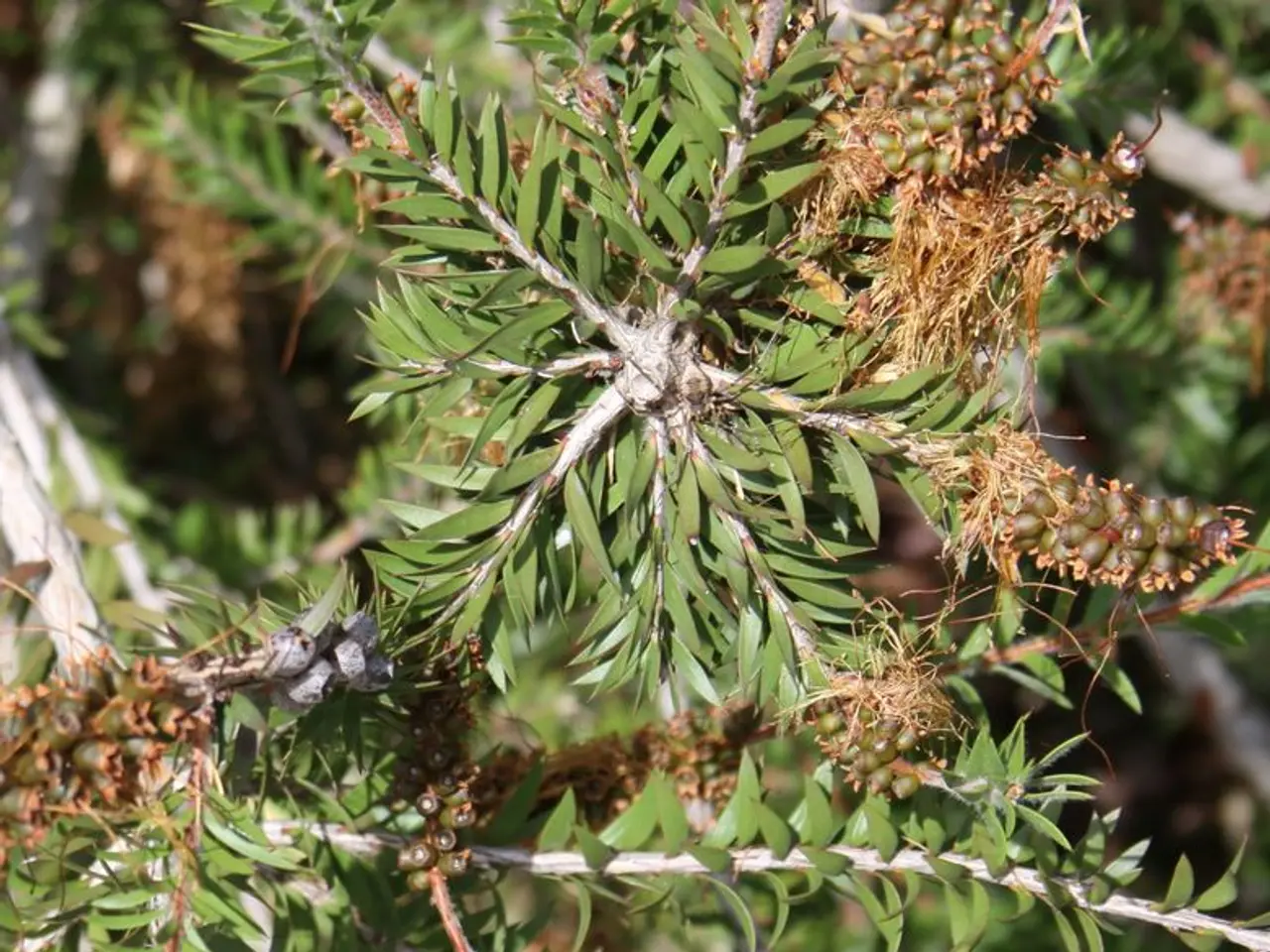Winter Pruning Essentials for Pear Tree Maintenance
In the colder months, when the leaves have fallen and the trees are dormant, it's the perfect time to prune pear trees. This practice not only enhances the tree's growth but also boosts its productivity, resilience, and overall health.
Pruning encourages new growth come spring, and it's especially beneficial for shaping young pear trees and maintaining the health of mature ones. Identifying damaged branches is easy - look for cracks or breaks, and pruning dead, damaged, crossing, inward-growing, and close branches helps pear trees grow strong and healthy.
The ideal time for pruning is late winter, before flowering. This is when the tree is dormant, and you can clearly see the structure without leaves, minimizing stress and sap loss.
In mature pear trees, employ renewal pruning. This involves selectively removing older fruiting laterals back to a healthy new side shoot or shortening them to one or two buds, encouraging fresh, productive growth while retaining sufficient fruiting wood.
Maintaining a strong central leader and scaffold branches is crucial. This can be achieved by employing a central leader training system that creates a pyramid shape with horizontal scaffold branches spaced 400 mm apart vertically, up to about 2.5 meters. Pruning competing laterals prevents overcrowding and allows balanced fruiting wood development.
Opening the tree center by removing inward-growing or crossing branches improves airflow and sunlight penetration, reducing fungal diseases and pest infestations.
Distinguishing fruit buds from leaf buds is essential. Fruit buds are fat and fuzzy, so avoid cutting too many of these off to preserve fruit production capacity.
Avoid over-pruning, especially with young trees, as it can lead to stress that makes trees more vulnerable to pests and diseases.
Winter pruning helps pear trees focus their energy on producing fruit, leading to more fruit production and larger, healthier pears. It also reduces the chances of pests and diseases by cutting away dead or diseased branches.
For young pear trees, pruning techniques focus on shaping them by cutting back tips and removing weak branches to guide growth. For mature pear trees, pruning techniques focus on maintaining health and productivity by thinning out the center and shortening long branches.
Inward-growing branches and branches too close to other branches can cause problems for pear trees and should be pruned.
Essential tools for winter pruning pear trees include pruning shears, loppers, hand saw, gloves, and safety glasses.
Seasonal care tips for pear trees include fertilizing in spring, watering regularly in summer, mulching around the base in fall, and using winter pruning techniques in cold climates.
By following these practices, you can ensure better light and air circulation, a stronger tree framework, more fruit, fewer pest and disease issues, and overall improved tree health, which is particularly important in cold climates where growth seasons are shorter.
A home-and-garden enthusiast can transform their landscape by tending to their pear trees in the colder months, particularly by pruning. Pruning during winter encourages a lifestyle of gardening that promotes new growth in spring, boosts the trees' productivity and resilience, and ensures overall health.




